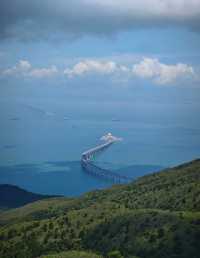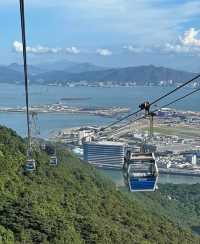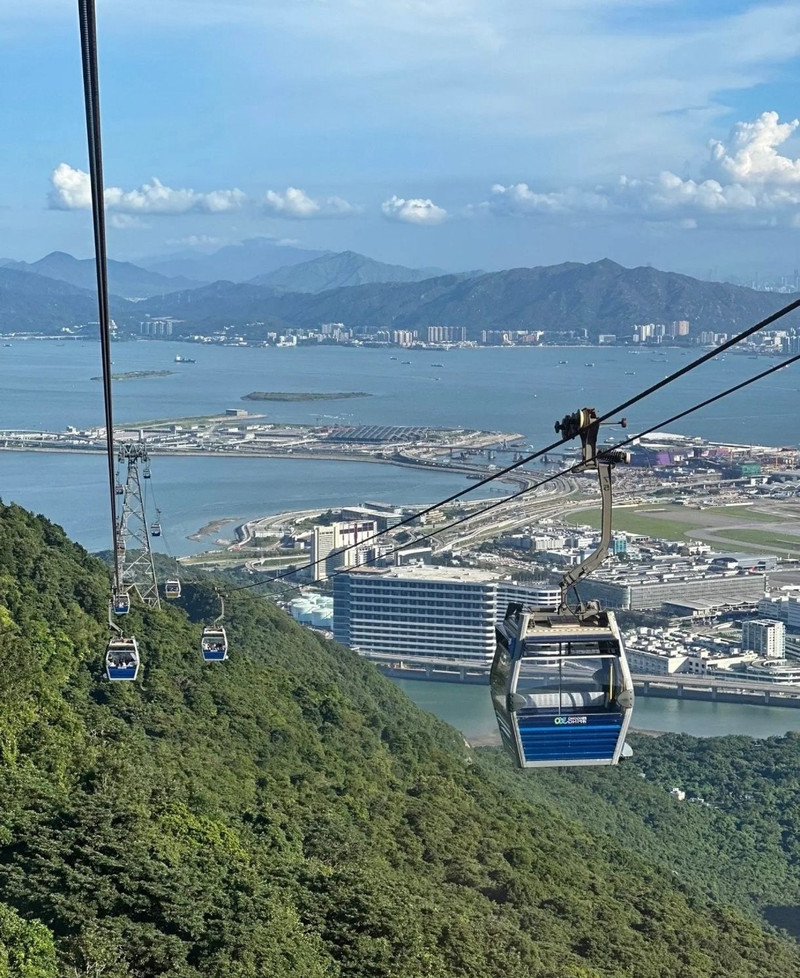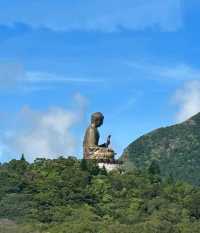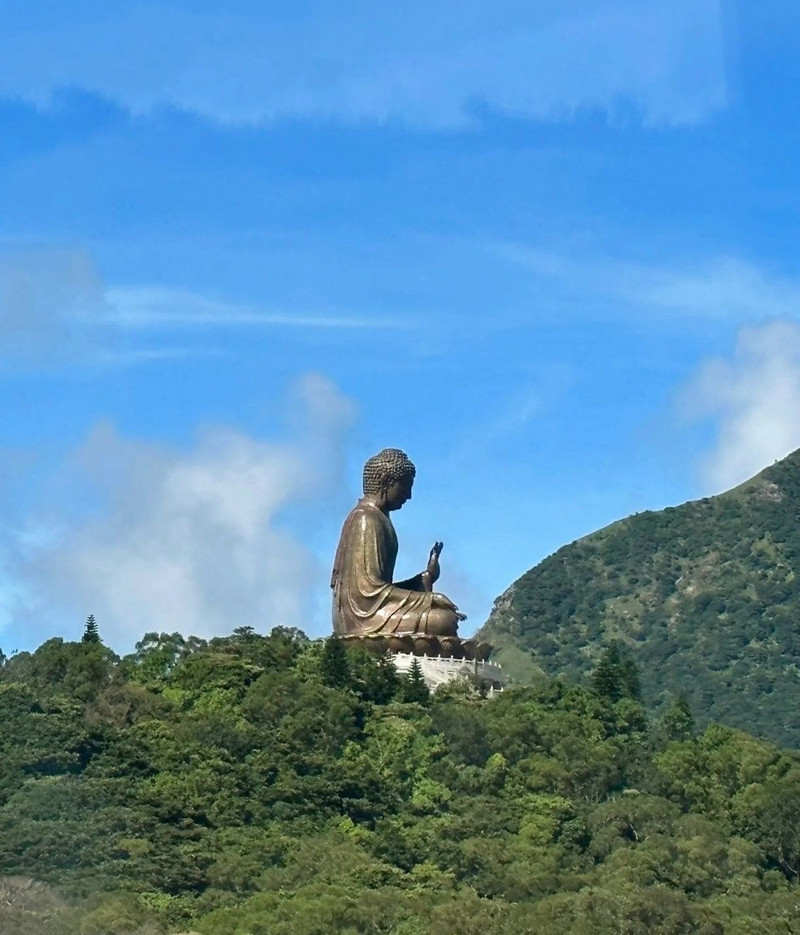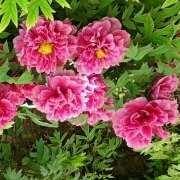Lantau, Hong Kong, is the largest island in Hong Kong and a treasure of nature and culture. Lantau is rolling green and has a magnificent natural scenery and abundant ecological resources. This is not only a paradise for hiking lovers, but also a great place to relax. At the peak of Lantau, you can overlook the beauty of Hong Kong and feel the city's bustling and natural tranquility. In addition, Lantau retains many ancient villages and temples, such as the Temple of Heaven and the Temple of Pauline, which exude a strong cultural atmosphere. Here, visitors can experience Hong Kong's unique traditional culture and taste authentic country cuisine. Lantau Island, with its unique charm, attracts countless tourists to explore, becoming a rare natural and cultural dual experience resort in Hong Kong. HONG KONG'S LANTAU ISLAND, LOCATED IN THE SOUTHWEST OF HONG KONG, IS THE LARGEST ISLAND IN HONG KONG AND A TREASURE OF NATURE AND CULTURE. LANTAU ISLAND IS COVERED WITH LUSH GREEN HILLS, BOASTING SPECTACULAR NATURAL LANDSCAPES AND ABUNDANT ECOLOGICAL RESOURCES. IT IS NOT ONLY A HEAVEN FOR HIKING ENTHUSIASTS BUT ALSO AN EXCELLENT PLACE TO RELAX AND REJUVENATE. CLIMBING TO THE PEAK OF LANTAU ISLAND, VISITORS CAN OVERLOOK THE BEAUTIFUL SCENERY OF THE ENTIRE HONG KONG, EXPERIENCING THE PERFECT FUSION OF THE CITY'S BUSTLING AND NATURE'S TRANQUILITY. MOREOVER, LANTAU ISLAND PRESERVES MANY ANCIENT VILLAGES AND TEMPLES, SUCH AS THE TIAN TAN BUDDHA AND THE PO LIN MONASTERY, EMITTING A STRONG CULTURAL ATMOSPHERE. HERE, VISITORS CAN EXP
Lantau Island Review
4.7 /53172 Reviews
Recommended Attractions at Popular Destinations
Attraction near Bangkok | Attraction near Manila | Attraction near Tokyo | Attraction near Taipei | Attraction near Hong Kong | Attraction near Seoul | Attraction near Kuala Lumpur | Attraction near Los Angeles | Attraction near Shanghai | Attraction near New York | Attraction near Shenzhen | Attraction near Osaka | Attraction near Singapore | Attraction near London | Attraction near Guangzhou | Attraction near San Francisco | Attraction near Beijing | Attraction near Macau | Attraction near Bali | Attraction near Jakarta | Attraction near Paris | Attraction near Ho Chi Minh City | Attraction near Istanbul | Attraction near Phuket | Attraction near Chicago | Attraction near Seattle | Attraction near Toronto | Attraction near Orlando | Attraction near Cebu | Attraction near Chiang Mai
Popular Travelogues
Bangkok Travelogue | Tokyo Travelogue | Hong Kong Travelogue | Seoul Travelogue | Kuala Lumpur Travelogue | Los Angeles Travelogue | Shanghai Travelogue | New York Travelogue | Shenzhen Travelogue | Osaka Travelogue | Singapore Travelogue | London Travelogue | Guangzhou Travelogue | Beijing Travelogue | Macau Travelogue | Paris Travelogue | Phuket Travelogue | Chicago Travelogue | Orlando Travelogue
Popular Ranked Lists
Popular Must-Visit Restaurants in Athens | Popular Best Things to Do in Neijiang | Popular Luxury Hotels Near Ajijic | Popular Best Things to Do in Nanchong | Popular Must-Visit Restaurants in Bruges | Popular Must-Visit Restaurants in Vienna | Popular Luxury Hotels Near Loro Piceno | Top 9 Best Things to Do in Hechi | Popular Must-Visit Restaurants in Tokyo | Popular Must-Visit Restaurants in Frankfurt | Popular Best Things to Do in Danba | Popular Best Things to Do in Jinchang | Popular Luxury Hotels Near Tortoreto | Popular Must-Visit Restaurants in Dalat | Popular Luxury Hotels in Fremantle Foreshore | Top 5 Best Things to Do in Fangchenggang | Top 3 Best Things to Do in Zaozhuang | Popular Best Things to Do in Jurong | Popular Must-Visit Restaurants in Florence | Popular Must-Visit Restaurants in Hong Kong | Popular Luxury Hotels Near Kyle | Popular Best Things to Do in Qinzhou | Popular Best Things to Do in Taishan | Popular Best Things to Do in Longyou | Top 3 Best Things to Do in Panzhihua | Popular Luxury Hotels Near Norquin Department | Popular Luxury Hotels in Vence | Popular Best Things to Do in Luoping | Top 3 Premium Hotels in Ocean Flower Island | Popular Best Things to Do in Suifenhe
Payment Methods
Our Partners
Copyright © 2025 Trip.com Travel Singapore Pte. Ltd. All rights reserved
Site Operator: Trip.com Travel Singapore Pte. Ltd.
Site Operator: Trip.com Travel Singapore Pte. Ltd.
